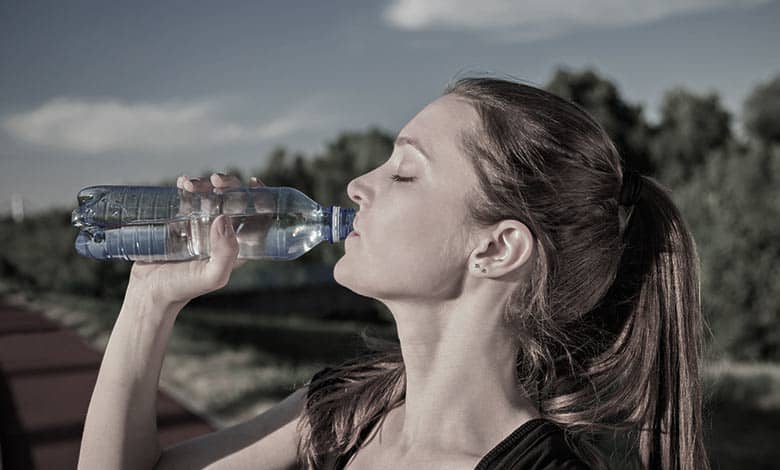
Bottled water tastes not only bad but also harmful. For many people, bottled water is a convenient and healthy option. Bottled water often only taps water packaged. They don’t put it through any other tests. You can drink water free from the tap, put it in a bottle, and pay $0.99 for a pint.
The problem with bottled water is you’re not only getting the tap water. You’re also getting the plastic in the bottle, which is then leaching into the bottle. The problem with these plastic water bottles is that they are all made of a chemical called phthalates, known as hormone disruptors. They mess around with your endocrine system.
Why does bottled water taste bad?
Some people may believe bottled water should taste a certain way or be devoid of flavor, and any deviation from those expectations may be interpreted as “bad” taste.
Bottled water tasting bad can be attributed to several factors:
Chemical Composition: Bottled water comes from different sources and can have varying mineral content and chemical composition. Some minerals or chemicals present in the water, such as sulfur compounds, chlorine, or dissolved solids, can contribute to an unpleasant taste.
Packaging Materials: The materials used in the production of bottled water containers can sometimes affect the taste. For example, Plastic bottles can release certain compounds into the water over time, leading to an off-flavor.
Storage Conditions: Improper storage of bottled water can lead to changes in taste. Exposure to heat or sunlight can cause the water to degrade, resulting in a stale or plastic-like taste.
Bottle Cleaning and Sterilization: Inadequate cleaning or sterilization of the bottles during the manufacturing process can introduce odors or flavors that affect the taste of the water.
Carbonation: Carbonated bottled water may taste differently from still water due to the added carbonation process. Some might find the taste of carbonation undesirable or off-putting.
Bottled water doesn’t go bad in that short time, but it changes. First, the dissolved chlorine can change into chlorine gas and then evaporate into the air. Also, the water slowly becomes more carbonated from the CO2 in the air, decreasing its PH and making it taste a bit different or bad.
The water treatment plants add chlorine or chloramine into the water. It’s bleach, but they add it so small that it isn’t harmful to people. There are tons of brands of bottled water: tap water, rainwater, distilled water, and more.
Plain water and regular H2O with a 7.0 can have a taste. Water and tap water all have dissolved minerals and gases inside them, giving them various tastes.
- The types of minerals and dissolved gases lead to the wide array of tastes we can find.
The most common minerals are sodium, calcium, magnesium, potassium chloride, bicarbonate, and sulfate, and the most common gases are nitrogen, oxygen, and carbon dioxide. So any time you drink water, you get much more than you thought. Better-tasting water isn’t filtered more. It has your desired amount of different minerals and gases dissolved in it.
- Some water treatment plants that taste bad also add fluoride to bottled water.
But fluoride is a little tricky because various research is going both ways. Some say it’s good, and some say it’s bad. Fluoride does seem to help your teeth but may do minor harm in other ways.
Learn more about water:
Why Does Water Taste Better At Night?
Why Does Cold Water Taste Better?
How Long Can You Survive Drinking Sea Water?
